Old Friends and Disconnected Systems
Recently I had the opportunity to meet up with an old friend who I had not spoken with in quite a long time! He told me he was thinking about me and decided to give me a call. I listened to his voicemail and felt bad that I had not called him first! When we finally connected and caught up with one another on our personal lives then our conversation drifted to what we were both doing at work.
As usual, our professional lives were busy with meeting deadlines, getting reports, data and the ever present spreadsheets up to our bosses. My friend shared a story with me how getting a quote to a new prospect required looking up historical sales numbers in different software systems and why the IT folks could not finally get to his project. I said we were not high enough on the food chain to warrant getting a project done in our lifetime! He laughed and said that was probably true but offered to bribe the IT folks with donuts! I didn’t offer any solution to my friend’s problem, but silently agreed with him. In the meantime he was left to fend for himself crunching numbers working way past 5pm on many nights to meet the ever present deadline.
This made me think about how many companies throw bodies at problems rather than looking at the productivity loss and cost to the company about the next new software system that’s going to “solve every problem we have, promises a great adoption rate and make your coffee! Then the reality sets in that like every system requires training, maintenance, data cleansing, integration, etc, etc…
There has to be a better way to integrate systems than field mapping and writing custom code. Our efforts to connect socially have taken leaps and bounds forward, but our business systems still use methods developed in the 60’s and 70’s to connect! We can communicate easier with our social system that did not even exist a decade ago! We are more connected socially than ever. We can talk, text, chat, post in ways we have not thought of a decade ago but our business systems still require us to use methods from generations past! There has to be a better way.
At the end of my phone conversation with my old friend, we promised we would try to do a better job staying connected, and we agreed to keep each other honest in keeping that promise. I left the conversation feeling better that I had reconnected with my old friend, I went back to my consolidation spreadsheet not holding out much hope that my systems would stay connected.









